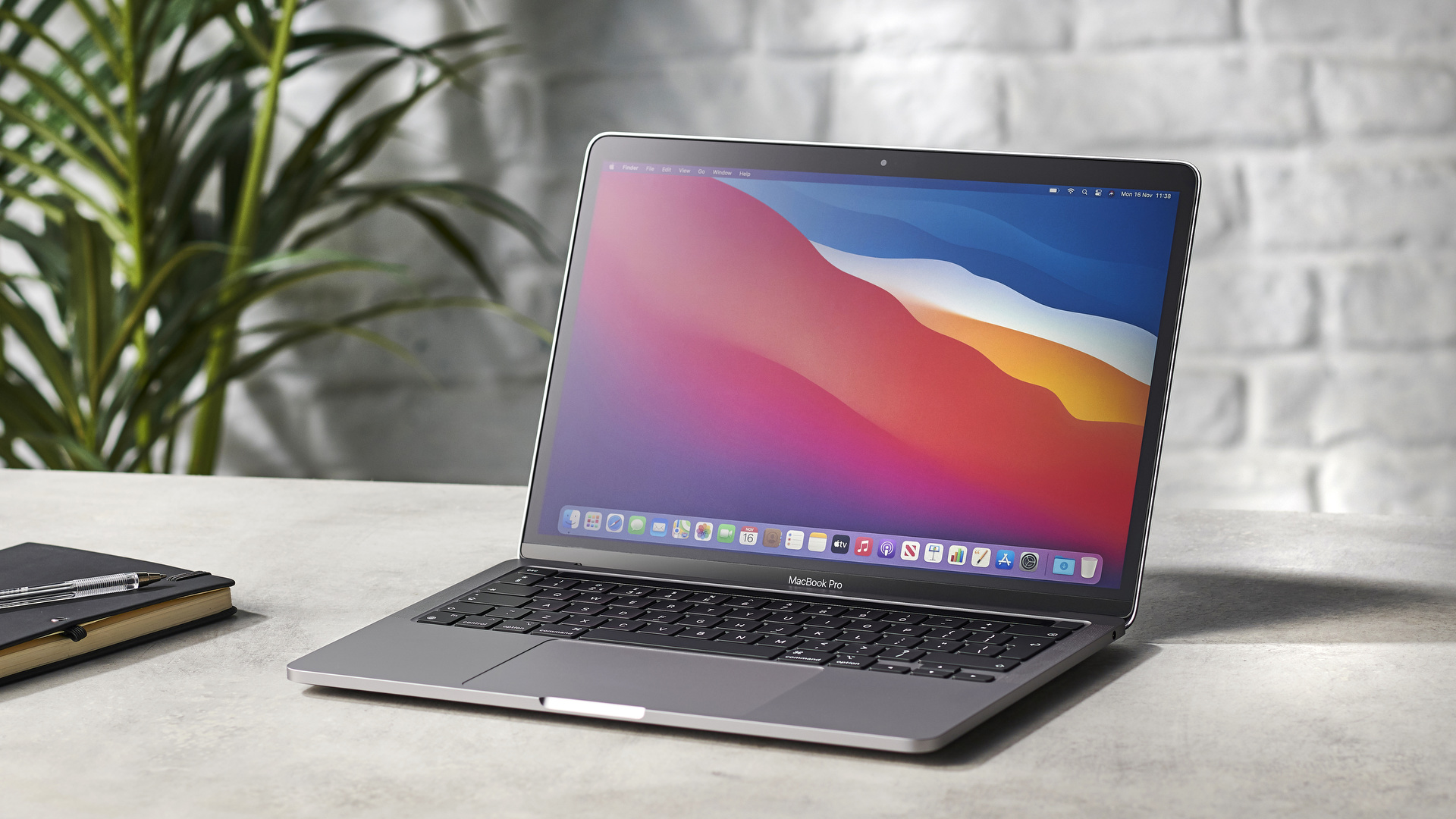
Most of the touch points, the on screen GUI interface, the responsiveness to typing, don’t tend to lag, so “feel” isn’t huge. That’s OK, though, since computers seldom “feel” noticeably faster than the previous generation anymore. The first thing you notice about the nMBP is that it doesn’t feel any faster. Old and New Side by Side Credit: NFS Speed

It is still a "substantial" feeling machine (not like the old 17", but way more than an Air), and sits comfortably on a desk without slipping and sliding. It doesn’t feel very dramatic going from the oMBP to the nMBP, unlike, say, switching between an Air and a Pro. However, it weighs in roughly the same, and “feels” the same size, more or less. Credit: No Film School While the physical size of the oMBP already thin, having abandoned the internal disc drive in 2011, the nMBP managed to be even thinner, as can be seen in the side-by-side photo. Old and New side by side, ever so slightly thinner.
#New 2016 macbook pro review upgrade
With its 4GB of maximum video RAM, ultra fast Thunderbolt 3 port, and redesigned cooling system, the new Macbook Pro looks poised to stay on top, but there are some design decisions that are frankly kind of surprising, and filmmakers should think long and hard as to whether the upgrade is worth the cost. With the increasing focus on powerful GPUs in mobile workstations, the area of "on set mobile video processing powerhouse" is about to become a battleground, with Apple the current market leader hoping to hold on to their place at the top. All of the sudden, you could run DaVinci Resolve and other GPU heavy programs on a laptop, as long as you kept it plugged in to wall power. However, smart programmers immediately took advantage of the horsepower and designed programs that would use the integrated graphics card to power the GUI on screen display even while plugged in to wall power, and use the real graphics card (in the 2013, an Nvidia GeForce GT 750M-M standing for mobile) for graphics processing power. To save battery power, it would use the real mobile card when plugged into power, and the integrated graphics when on battery power. In order to power the Retina display, Apple designed the Retina 15” MacBook Pro to have both a mobile graphics card (originally an Nvidia, then an AMD) and integrated graphics (Intel iris). The main reason the oMBP took off in the way it did was the dual graphics cards. There are some design decisions that are frankly kind of surprising, and filmmakers should think long and hard as to whether the upgrade is worth the cost. But does it stack up against the machine that has come to so heavily dominate the world of filmmaking?

It’s everywhere.Īpple is hoping to hold on to that ubiquity with the new MacBook Pro, even including a presentation from the Final Cut Pro team and from Adobe at the launch event. Feature films have been edited and (yes, really) color graded on it countless blog posts, screenplays, and novels have been written on it. The oMBP is a workhorse of the film industry. The MacBook Pro has been a mainstay for filmmakers, so for this review, we’ve decided to compare the new 15” MacBook Pro (nMBP), specced to the maximum, for a retail value of $3950, against a 15” 2013 MacBook Pro (oMBP), specced to the max, available at launch for $2700, purchased used refurbished for a little under $2000. Apple has released a majorly redesigned MacBook Pro, and we put it through in-depth testing to see how it holds up for filmmaker needs.


 0 kommentar(er)
0 kommentar(er)
